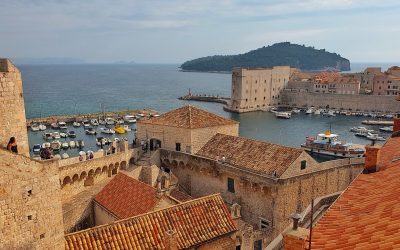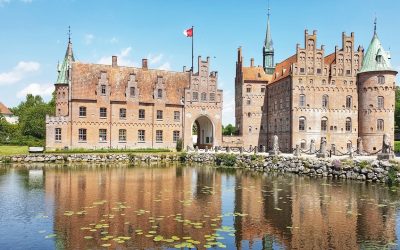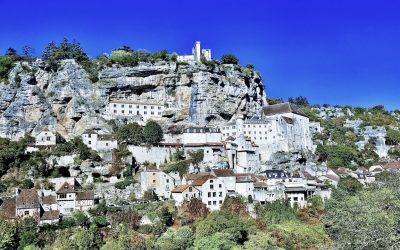“If you want to see Heaven on Earth come to Dubrovnik.” George Bernard Shaw As a full-time travellers since March 2016, I’ve learnt many...

Unesco
Unesco
Denmark Highlights & Interactive Map
Denmark is not a destination - it's a lifestyle. Pintrip.eu Let's be honest for a moment about Denmark... Why would you want to put it on...
Rocamadour – France at its best
Rocamadour is one French landmark that we have been trying to get to for nearly three years and for one reason or another, it...
Follow us
You can find us on social media,
different channels for different content.



